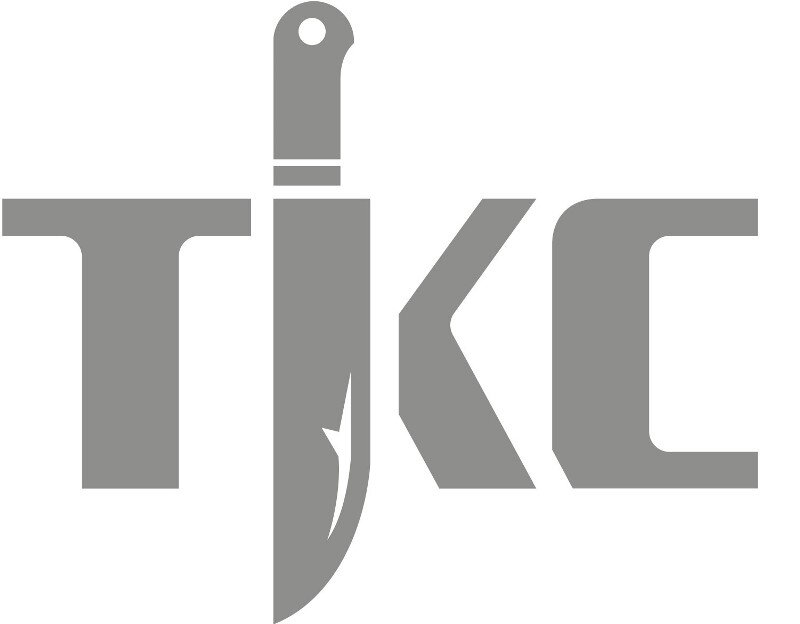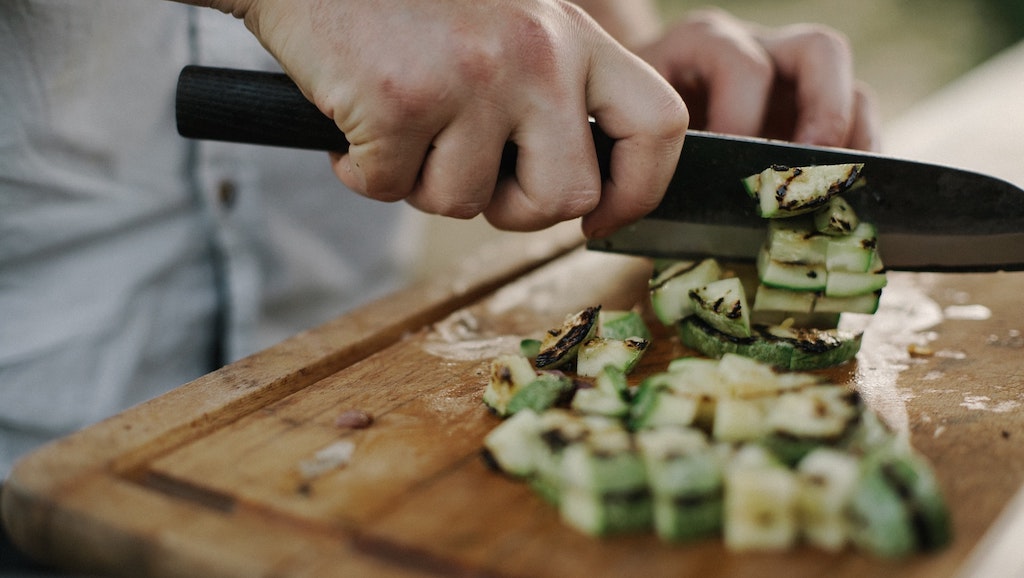Measuring the hardness of steel and the sharpness of knives
“My knife is sharper than yours” begs the question “well how do you prove that?” There are a few rough and ready tests you can use to check if a chef’s knife for example, is sharp – you could…
1) attempt to shave some hair off you forearm with it
2) try slicing a tomato with it (our favourite test)
3) slice a piece of paper with it
In all cases, if this can be done with ease, your knife passes this basic sharpness test. But how are the hardness of metals and sharpness of blades really tested? This is where it gets quite complicated.
Hardness
First you’ve got to define what ‘hardness’ is – it’s not quite the same thing as stiffness, it’s more to do with how much the material is able to withstand denting or scratching, and there are a number of ways you can test this.
So called ‘scratch hardness’, which measures resistance to fracture or deformation caused by friction from something sharp, is commonly measured using the Mohs scale, invented in 1812 by German geologist Friedrich Mohs. To give some perspective, on the Mohs scale diamond has the top rating of 10, gold and silver 2.5-3 and a fingernail 2-2.5.
The next type of hardness is known as ‘indentation hardness’ – the ability of a material to resist an indentation. Perhaps the best known test of this type of hardness is called the Rockwell test, developed by Hugh and Stanley Rockwell (would you believe it not related to each other) back in 1914. Other very similar indentation tests include the Vickers, Shore and Brinell tests, but the Rockwell test remains the most commonly used.
The Rockwell test involves using various sizes of diamond ‘indenters’ to penetrate a section of the material. In simple terms, the shallower the indentation the harder the material. With a Rockwell measurement you have to know which test has been applied and there are lots of different ones depending on the material being tested, but two of these – HRC and HRB (HR standing for Hardness Rockwell) – are most commonly used.
HRC is generally used for testing hardened steel and HRB for softer steel or harder aluminium. As a guide most good quality knife blades have an HRC rating of 55-66 (the higher the number the harder the steel is) – I.O.Shen knives for example have an HRC rating of 62.
The last type of hardness test is for ‘rebound hardness’ which measure the elasticity of the material when something hard (generally a diamond-tipped hammer) is bounced on it. The two main tests here are known as the Leeb test and the Bennett test.
Sharpness
Just because a knife is made out of hard steel doesn’t necessarily mean it is actually sharp, although it does affect its ability to be sharp (see our previous articles on sharpness below). Leaving aside the three ‘kitchen’ tests listed above, there is one definitive way of finding out how sharp a blade is and it’s called the CATRA test.
CATRA is the Cutlery and Allied Trades Research Association based in what is arguably the birthplace of modern cutlery, Sheffield in the UK. They have developed a machine called the CATRA sharpness tester which checks the sharpness of a blade by pushing it into a section of rubber which shows a real time reading of the peak cutting force in Newtons.
FYI a few years ago two of the I.O.Shen chef’s knives were put through the CATRA test and were awarded high sharpness ratings ranging from ‘good’ to ‘very good’ to ‘excellent’.
So there you have it – if you still can’t work out who has the sharpest knife, you’ll have to go to Sheffield. Or buy one of their testing machines… we understand they cost $50,000-$100,000*.
More Information
What is the sharpest blade on the planet?
What is the sharpest blade on the planet II
*we’re also aware of another one called the ‘BESS’ machine. BESS stands for Brubacher Edge Sharpness Scale and these machines are a whole lot more affordable at US$129-$259






